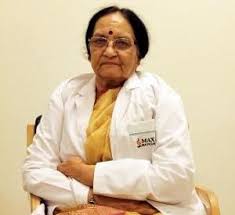Myth: Incomplete abortions can be prevented entirely.
Fact: Incomplete abortions or miscarriages mainly occur due to chromosomal abnormalities in the developing foetus. These genetic problems stop the growth and development of the foetus.
Other reasons for a miscarriage may be the uterus's or cervix's incompetence. Such factors are not in the control of the mother. Hence, one cannot wholly prevent incomplete abortions.
Myth: The patient must wait several months after the incomplete abortion before trying to conceive again.
Fact: In most cases, the patient’s body becomes ready to conceive again in 1 or 2 months.
So the patient doesn’t have to wait long before trying to conceive again. But, keeping aside the biological perspective, it is also necessary to consider the emotional and mental aspects.
It is safe to start trying again after the patient feels physically and emotionally ready. Hence, it is entirely up to the patient when she wants to start trying to conceive again.
Myth: Women don’t need medical attention in case of incomplete abortion.
Fact: It is not valid. Suppose the patient is experiencing bleeding during pregnancy or any other symptoms related to incomplete abortion. In that case, she must seek medical help to ensure that the pregnancy tissue is wholly expelled from the body.
Usually, the residuals get out on their own over time, but the patient doesn’t have to wait that long. Medications and surgical procedures such as Dilation and Curettage (D&C) can help altogether remove the tissue.
Myth: Injuries can cause incomplete abortions.
Fact: The developing foetus is protected well in a mother’s womb. It is the job of the womb or the uterus to house and nourishes the foetus.
The uterus is a muscular organ, and the foetus is floating in the amniotic fluid inside the uterus.
Typical injuries like falling from stairs or light knocks cannot affect the pregnancy. However, severe traumas like a significant falls, car accidents and interpersonal violence can be life-threatening for both the mother and the foetus.
Myth: Coffee and other caffeine products can lead to incomplete abortion.
Fact: Extreme caffeine consumption is dangerous and bears the risk of miscarriage. However, healthcare professionals say having 200 milligrams of caffeine in one day is safe.
Even if the patient exceeds this amount occasionally, it will not lead to any risks.









































